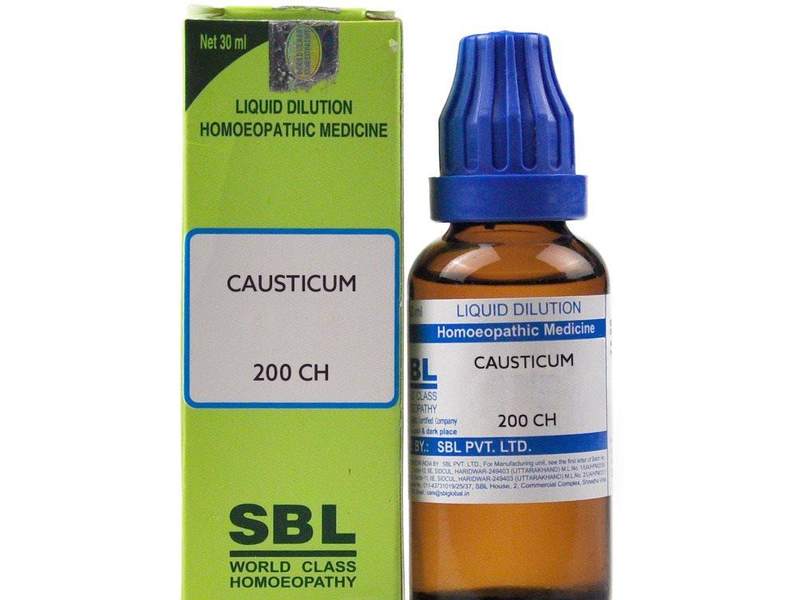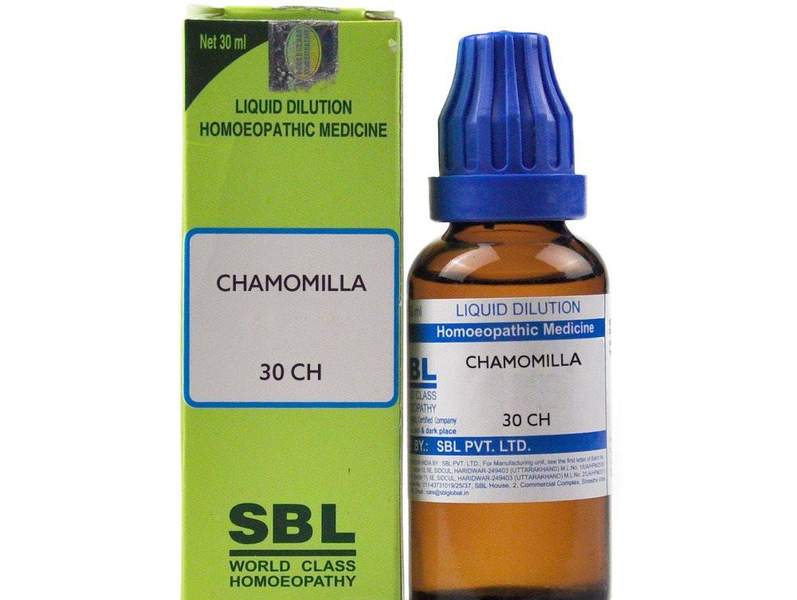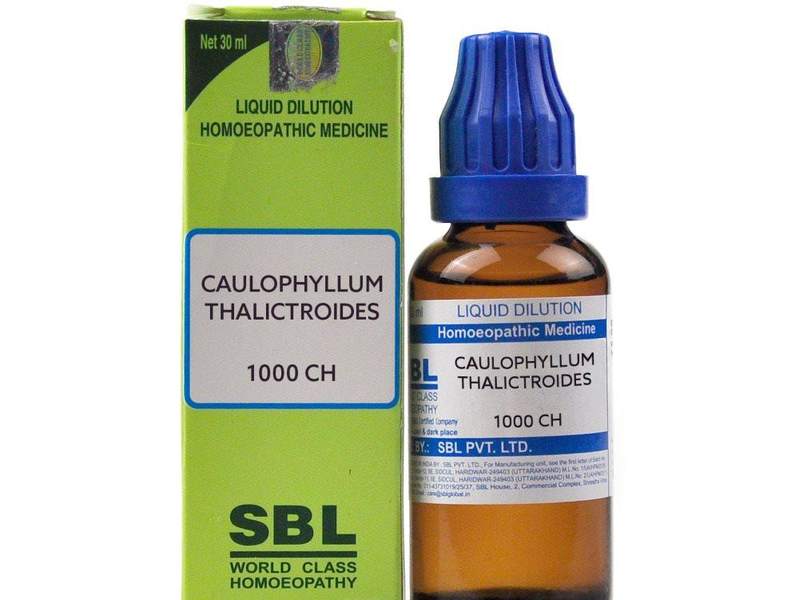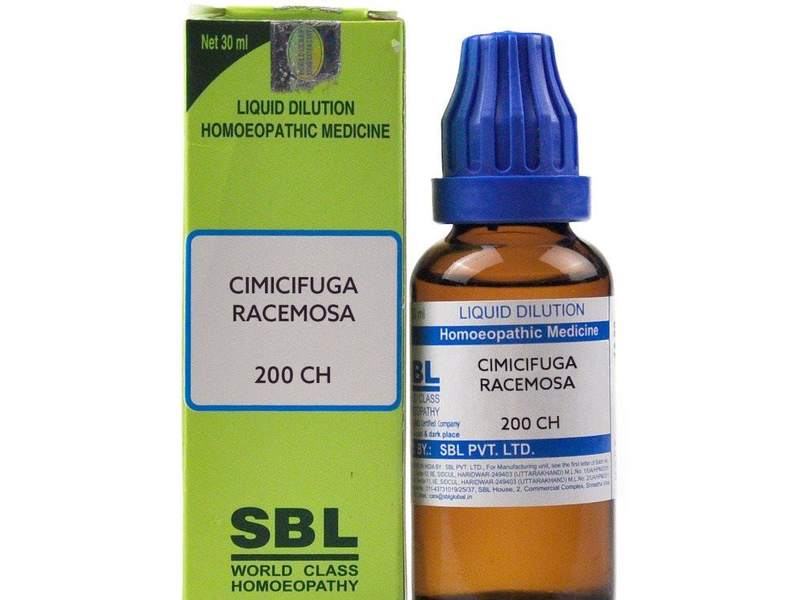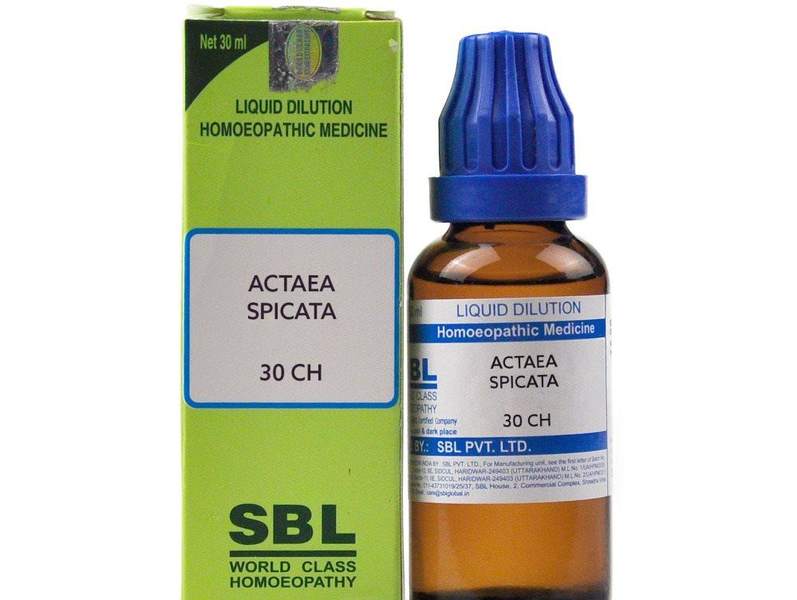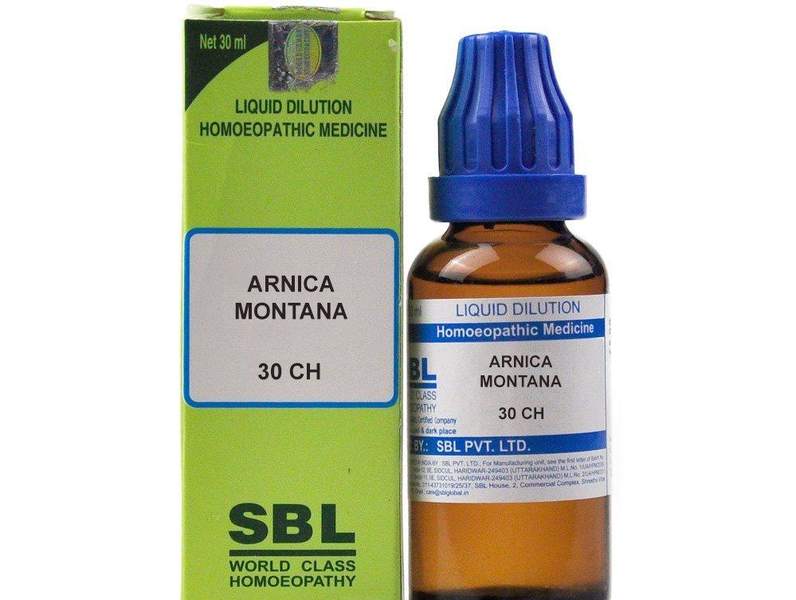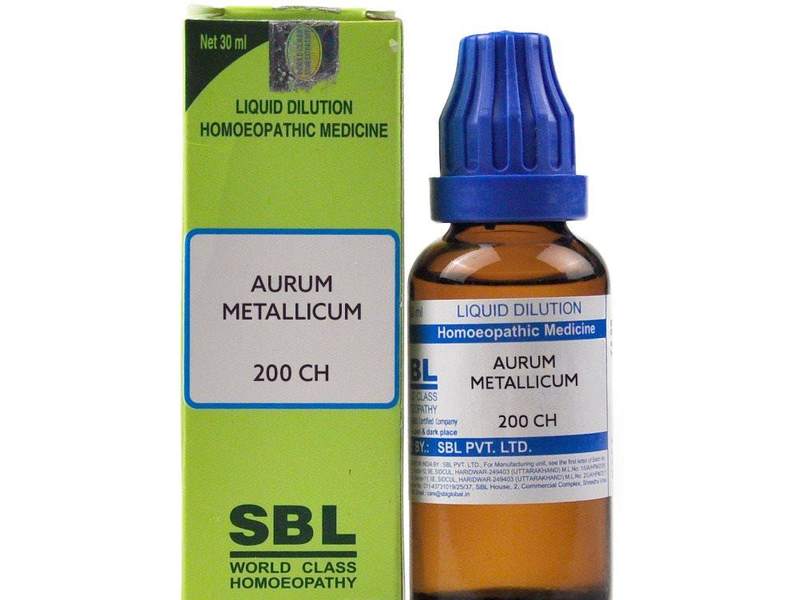Causticum 200 Uses, Benefits – Causticum Homeopathic Materia Medica
₹1,639.00 Original price was: ₹1,639.00.₹1,045.00Current price is: ₹1,045.00.
- Clear fine weather, better damp wet weather
- Rawness, soreness and burning are features of Causticum
- Children slow in learning to walk
- Constipation, stool passes only when standing
- Great sympathy for the sufferings of others.
Source: Mineral kingdom
Synonyms: Potassium hydrate, Tinctura acris sine kali
Prover: Dr Samuel Hahnemann
Duration of Action: Upto 50 days
Miasmatic Background: Psora and sycosis
Temperament: Nervous
Diathesis: Rheumatic
Thermal Relationship: Chilly patient
Introduction and History: It is a great polychrest, antipsoric, antisycotic, deep and long acting remedy. It is one of the greatest monuments of Hahnemann’s work. It is a unique remedy and is one of those without which we cannot practice. Hering’s Guiding Symptoms say, ‘Whatever diversity of opinion may exist theoretically, Causticum remains stamped by our best practitioners as a polychrest of the highest order.’
Nash too says, ‘If Hahnemann had never given to the homeopathic school any remedy but Causticum, the world would still owe him everlasting obligation.’ Causticum is an indispensable polychrest remedy.
Description: It is a mixture of caustic lime and bisulphate of potash. Available in the medical shop.
Preparation: The mixture is soluble in spirit. Higher potencies are prepared from the mother tincture.
Constitution and Physiognomy
- Hydrogenoid constitution with shallow complexion, dark hair and rigid muscular fibres. Physically very weak, emaciated and anaemic.
- Children slow to learning and walk.
Ailments From: Long standing grief or sorrow, loss of sleep, night watching, lead poisoning, bathing in cold water, vexation of business, scalds and febrile conditions, exposure to cold, burns, suppression of skin eruptions, fright, joy, from sudden emotions, fear etc.
Seat of Action (Pharmacodynamics): Brain, nerves, muscles of bladder and respiration, larynx, mucous membrane, face, skin, right side, medulla oblongata and vagus nerve, flexor tendons and skin.
Physio-pathological Changes (Pathology)
- The general keynote of its action is paralysis, slow pulse, low temperature and general paralytic weakness.
- It acts on the vocal cords and produces paralysis.
- It acts on the mucous membranes of different hollow organs, producing an irritant action with increased secretions.
- Acts on muscles and tendons producing contraction. This is a striking characteristic phenomenon.
- Acts on the urinary bladder producing paralysis, leading to retention of urine or incontinence of urine.
- It has an action on the respiratory system.
Characteristic Mental Symptoms (Psychology)
- Weak memory, absentminded.
- Child does not want to go to bed alone.
- Melancholic, apprehensive, despondent. Anxious, uneasy.
- The patient has great sympathy for the sufferings of others.
- Insanity after suppression of skin eruptions.
- Very sad, hopeless and Weeping mood.
- Sensation of an empty space between the forehead and brain. Throbbing and stitching in the vertex.
Characteristic Physical Guiding Symptoms
Ptosis: Drooping of upper eyelids, cannot keep them open.
Epilepsy: Epilepsy at the onset of puberty or suppressed eruptions.
Hoarseness: Hoarseness with rawness; aphonia worse in the morning.
Constipation: Frequent, ineffectual desire for stool; passes better when the person is standing.
Haemorrhoids: Haemorrhoids, tough and shining like grease, in children with nocturnal enuresis.
Cough: Cough with rawness and soreness of the chest; with an inability to expectorate; sputum must be swallowed, relief by swallowing cold water.
Enuresis: Retention or passes urine involuntarily; during first sleep.
Rawness or soreness: Rawness or soreness of scalp, throat, respiratory tract, rectum, anus, urethra, vagina, uterus, etc.
Milk: Disappearance of milk during the nursing period due to anxiety.
Pains: Lightening-like pains in locomotor ataxia. Binding headache followed by paralysis. Vision gradually grows weaker until it is lost.
Paralysis: Paralysis of single parts, usually right sided, with gradual
decrease of muscular power, twitching and jerking of muscles.
Children: Children are late in learning to walk due to nervous weakness,
unsteady walking and easy falling.
Involuntary urine: Involuntary urine when coughing, sneezing, blowing
the nose.
Intertrigo: Intertrigo during dentition.
Cough: Cough on expiration, with pain in hips, remaining after pertussis with expectoration chiefly at night.
Weakness: Great weakness with sinking of strength with trembling, drooping of eyelids.
Warts: Warts flat or horny, on eyelids, tip of nose, face, tip of fingers.
Torticollis: Stiffness of neck from exposure to cold.
Rheumatism: Rheumatic contractions and shortening of muscles.
Sensation: Sensation of an empty space between the forehead and brain. Throbbing and stitches in vertex.
Middle ear catarrh: Chronic middle ear catarrh. Ringing, roaring, pulsating, with deafness, words and steps re-echo. Buzzing and roaring in the ears.
Desires: Desire for beer, smoked meat, pungent things, etc.
Aversions: Aversion to sight or smell of food, sweet things, delicacies,
drinking, etc.
Important Characteristic Features
Paralysis: It is a great paralyser paralysis is caused by cold air, after typhoid, diphtheria, etc. Paralysis of a single part. Right sided paralysis, drooping of upper eyelids, patient cannot keep them open, facial paralysis specially from exposure to dry cold winds, paralysis of lips, tongue, larynx, glossopharyngeal muscle.
A specific remedy for paralysis of vocal cords. Great rawness and soreness in the affected part and rigidity of flexor tendons. Facial paralysis of apoplectic nature, specially of the right side. Causticum is a good remedy for left sided sciatica, sciatic pain with numbness, heaviness and weakness of limbs.
Cough and throat affections: Rawness and soreness in the chest. Burning Soreness behind the sternum, with cough. Larynx is sore and pharynx paralysed. Great rawness and soreness in the throat with hoarseness in the morning. Aphonia with pain in chest. Hoarseness of singers. Cannot lie down at night.
Cracking in throat when swallowing. Mucous collects in throat, cannot be raised by hawking, patient is obliged to swallow it. Sensation of something cold rising in the throat. Expectoration is scanty, unable to expectorate and therefore, must swallow the sputa. The sputum is raised when it slips back into the pharynx. Cough with pain in the hip, worse from warmth of bed.
Skin
- Soreness in the folds of skin, back of ears, between thighs. Tendency to form warts.
- Old burns that do not get well and ill-effects of burns. Cicatrices freshen up; old injuries reopen. Bad effects of burns and scalds.
- Warts and condylomata all over the body, especially on the eyelids, face and nose. Large pedunculated warts, which bleed easily.
Urine: Involuntary urine, when coughing; expelled very slowly and sometimes retained. Involuntary during sleep at night, also from slightest sensibility on passing urine. Sometimes much straining is required to pass urine. Involuntary urination after fever due to weakness of sphincter urethrae.
General Modalities
Aggravation: Morning, evening, open air, draft, fine weather, motion of carriage, heat, cold, expectoration, etc.
Amelioration: Warm air, damp wet, weather, stooping low, passing of flatus, heat of bed.
Remedy Relationships
Complementary: Carb-v, Coloc, Petros.
Follows well: Ant-t, Arum-t, Kali-i, Lyc, Nux-v, Puls, Rhus-t, Sep, Sil, Sulph.
Inimical: Acet-ac, Coff, Phos.
Antidotes: Asaf, Coff, Coloc, Nux-v.
Antidotal to: Merc, Sulph.
Compare: Lyc, Stann, Cham, Puls, Squil, Verat, Apis, Nat-m. Gels, Caul, Graph.
Comparison
Intertrigo during dentition: Caust, Lyc.
Convulsions with dentition: Cham, Stann, Caust.
Ailments from loss of sleep: Caust, Cocc, Ign.
Patient improves for a time then comes to a ‘standstill’: Caust, Psor, Sulph.
Potency: 3x, 6x, 12x, 30, 200, 1000. In constitutional affections, higher and highest potencies cure.
Dosage: Low potencies are given in acute diseases, and high and highest potencies may be given when the constitutional symptoms call for the remedy.
Repetition: Acts best in a single dose but may be repeated when symptoms call for it.
Therapeutic Value: Abdominal affections, Bladder affections, Bronchitis, Burns, Chorea, Constipation, Convulsion, Cough, Ear affections, Epilepsy, Eye affections, Facial paralysis, Fevers, Fistula, Haemorrhoids, Headache, Heart affections, Laryngitis, Leucorrhoea, Locomotor ataxia, Menstrual disorders, Nervous affections, Neuralgia, Paralysis, Pregnancy disorders, Respiratory affections, Rheumatism, Throat affections, Ulcers, Urinary disorders, Warts, Whooping cough, etc.
Note
- Causticum must not be used before or after Phosphorus.
- Like Psorinum and Sulphur, Causticum too should be thought of when the improvement comes to a standstill.
- Causticum antidotes paralysis from lead poisoning.
Related products
Homeopathic Medicine
Homeopathic Medicine
Homeopathic Medicine
Homeopathic Medicine
Homeopathic Medicine
Homeopathic Medicine
Homeopathic Medicine
Asafoetida Homeopathy Benefits, Uses – Asafoetida 30 Homeopathy Medicine
Homeopathic Medicine

